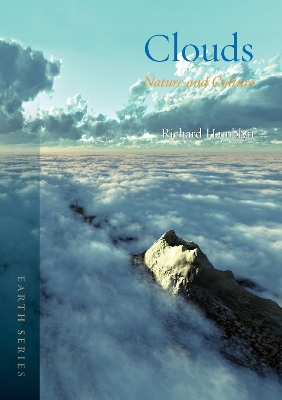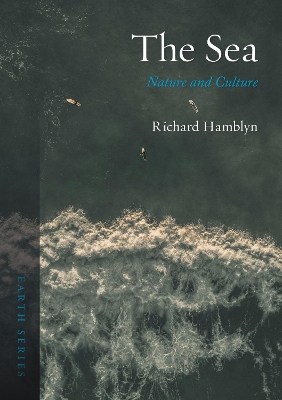Earth
3 total works
Tsunamis - ferociously dangerous sea waves - have caused widespread destruction to countries, populations and natural landscapes since antiquity. Crashing upon land with the entire weight of an ocean behind them, tsunamis cause unimaginable havoc and are stark reminders of the uncontrollable chaos our planet can unleash. The earthquake and tsunami that struck Japan in March 2011, for example, took the lives of nearly 16,000 people, caused a meltdown at the Fukishima Dalichi nuclear power plant and left an economic toll of many billions. Such destructive waves can utterly overwhelm an area or a country not just with water but with economic, social and political devastation. But as Richard Hamblyn demonstrates in this cultural, historical and scientific engagement with these deadly natural events, tsunamis remain little understood - their triggers, from undersea earthquakes to nuclear weapons testing, have only begun to be studied scientifically over the last fifty years.Tsunami explores how these treacherous sea-surges happen, what makes them so powerful, and what can be done to safeguard vulnerable coastlines.
Hamblyn assesses their importance in tsunami-prone regions such as Japan, Hawaii and Chile, while also considering their significance in the more seismically stable western world, where their appearances are mostly limited to popular culture and blockbuster films. From the legend of Atlantis to the violent tsunamis of the present day, this book casts new light on one of the world's most spectacular and destructive natural phenomena.
Hamblyn assesses their importance in tsunami-prone regions such as Japan, Hawaii and Chile, while also considering their significance in the more seismically stable western world, where their appearances are mostly limited to popular culture and blockbuster films. From the legend of Atlantis to the violent tsunamis of the present day, this book casts new light on one of the world's most spectacular and destructive natural phenomena.
Clouds have been objects of delight and fascination throughout human history; their fleeting magnificence and endless variety have inspired scientists and daydreamers alike. Clouds and the ever-changing patterns they create have long symbolized the restlessness and unpredictability of nature. Life without clouds is not physically possible - alongside their rain-bearing function, clouds act as a finely tuned planetary thermostat - but in addition it would be mentally and spiritually barren, deprived of the inspiring, life-affirming thought-bubbles that drift continuously overhead: 'the ultimate art gallery above', as Ralph Waldo Emerson wrote. Richard Hamblyn explores the notable presence of clouds in literature and the arts (including music and sculpture) while outlining their growing scientific significance in the context of climate change. The book covers the history, science and art of clouds, including the controversial history of cloud modification. All the major cloud types are discussed and illustrated, including clouds on other planets, as well as the increasing number of man-made clouds that fill our changeable skies.Comprehensive yet compact, cogent and beautifully illustrated, this is the ultimate guide to clouds: from Hamlet's 'cloud that's almost in shape of a camel' to the world of cloud computing today.
This book explores the sea and its meanings from ancient myths to contemporary geopolitics, from Atlantis to the Mediterranean migrant crisis. Richard Hamblyn traces a cultural and geographical journey from estuary to abyss, beginning with the topographies of the shoreline and ending with the likely futures of our maritime environments. Along the way, the sea becomes a site of work and endurance, of story and song, of language, leisure and longing. By considering the sea as both a physical and a cultural presence, this book shines new light upon it, and its indelible place in the human imagination.


